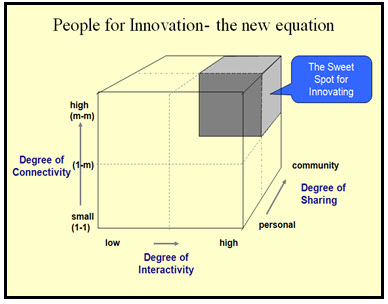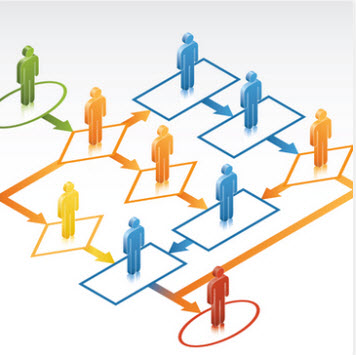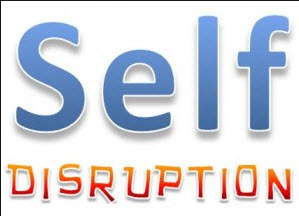
Thinking Partner Ecosystems in design and delivery. There is a need to resolve immediate, mid-term, and long-term issues to show progressive thinking on how to grow collaboratively. How to collaborate to deliver impact, and create value when building your thinking in products, services, or new business models on any Partner Ecosystem design and thinking. One methodology stands out for me: the three-horizon framework
Partner ecosystems are highly valuable for delivering on these ambitions. Partner Ecosystems enable you to go beyond addressing immediate and surface-level issues to tackle deeper, systemic challenges and position clients at the forefront of collaborative and co-creative approaches.
In my view, this requires a progressive mindset that considers growth, impact, and value across various time horizons. This mindset lends itself really well to applying the three-horizon methodology.





 “Why do we always seem to have internal difficulties to self-disrupt?”
“Why do we always seem to have internal difficulties to self-disrupt?”